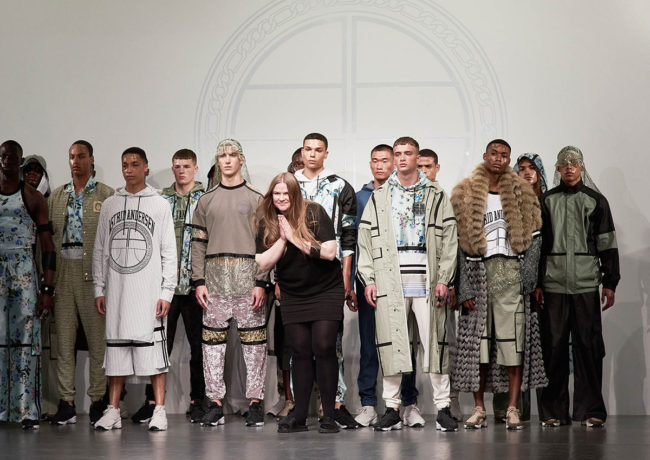
Celebrating the 4th of July & the Historic Fur Trade
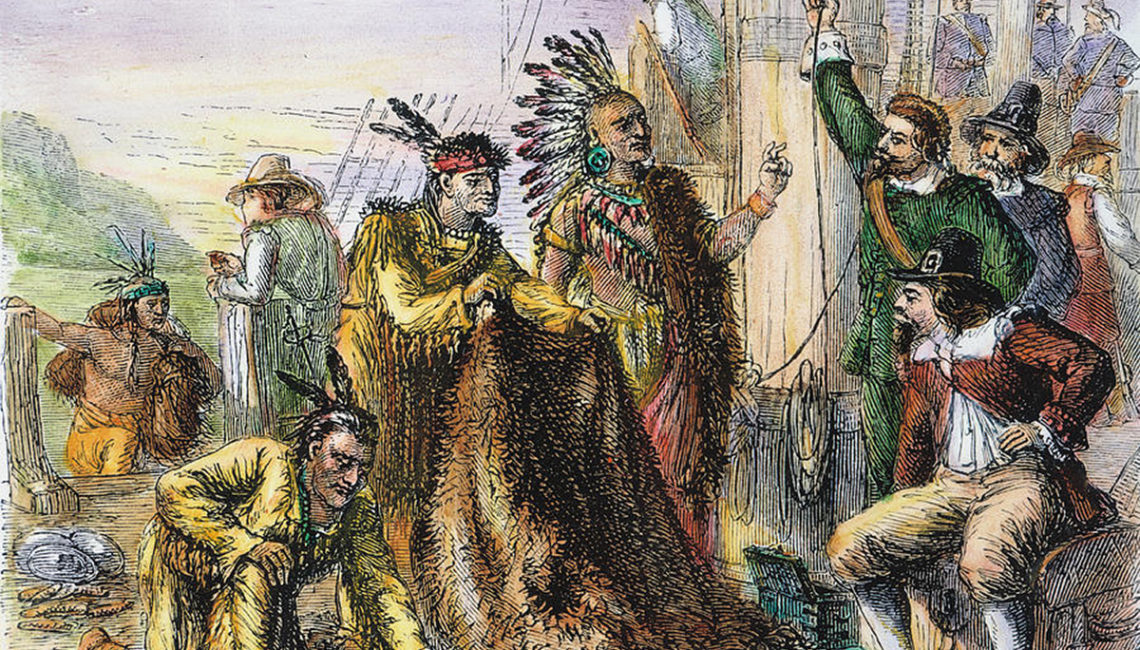
With the extraordinary creative possibilities of fur, it is easy to see why fur continues to dominate luxury fashion. Bold and innovative styles in outerwear, ready-to-wear and accessories continue to capture our attention. Fur fashion is new, fresh and modern and we love it! Celebrating fur is what we do here. But, as we celebrate 4th of July this year, we also celebrate the enormous contributions the fur industry has made to our country.
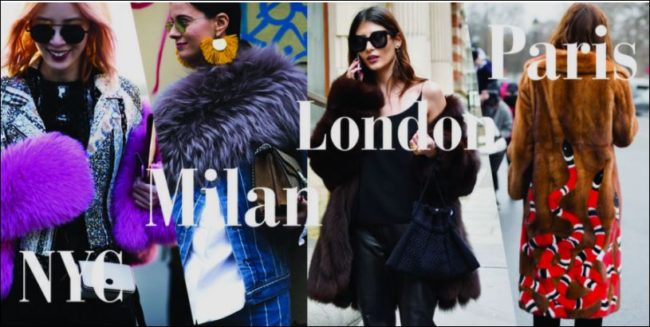
Regardless of the season or the city, fur trends are a HUGE streetstyle staple
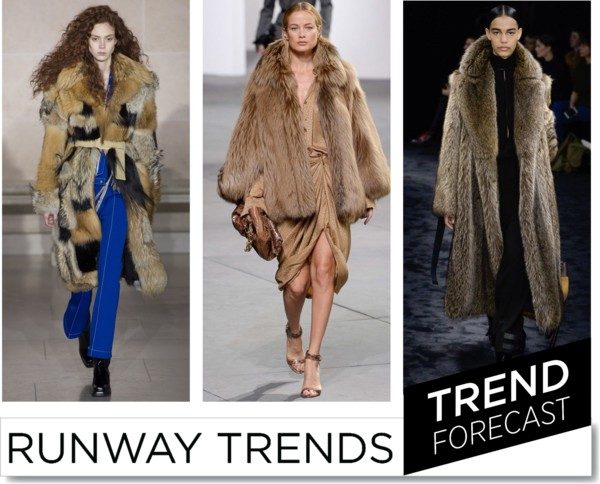
F/W 2017 Fur TRENDS from Louis Vuitton – Michael Kors – Loewe
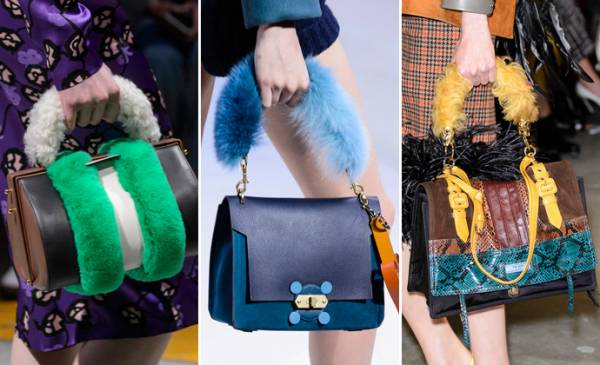
A/W 17 ACCESSORIES: FUR STRAP BAGS
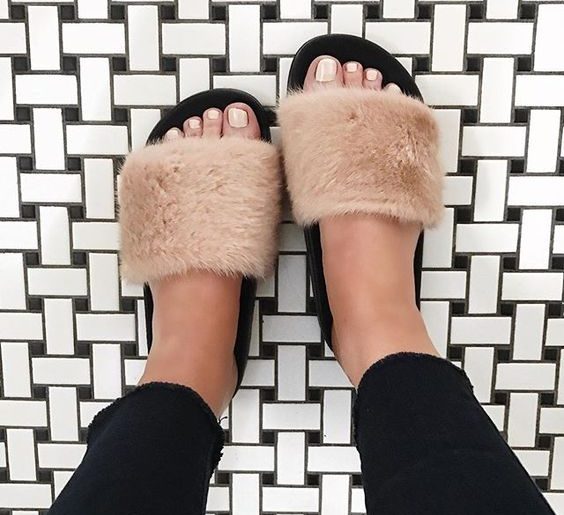
furry slides are a huge trend with many designers
Celebrating the 4th of July & the Historic Fur Trade
Did you know that the fur trade is America’s oldest continuously operating industry? Beginning with the exploration of the New World the industry has played a vital role in shaping North America. The trading of fur for other goods created not just economic partnerships but important political alliances that shaped the evolution of America. Here’s just a few high points in the history of fur:
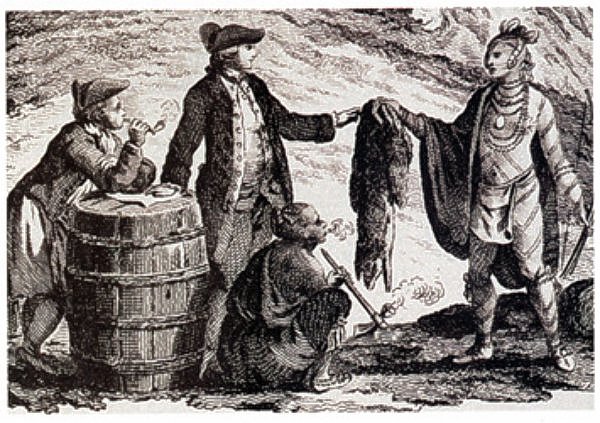
1777 fur traders
In the early 1600’s the Dutch established a trading post called Fort Manhattan in what is now Brooklyn. One of their primary products was beaver skins. In 1670 Hudson’s Bay Company was given a charter by Charles II of England to trade furs with the Indians. Today the Hudson’s Bay Company is still in existence operating Lord & Taylor, Saks Fifth Avenue and Gilt among other prime retail and e-commerce businesses.
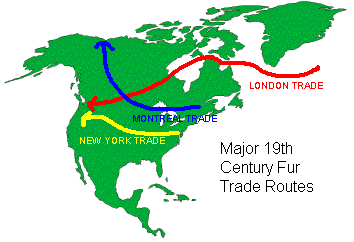
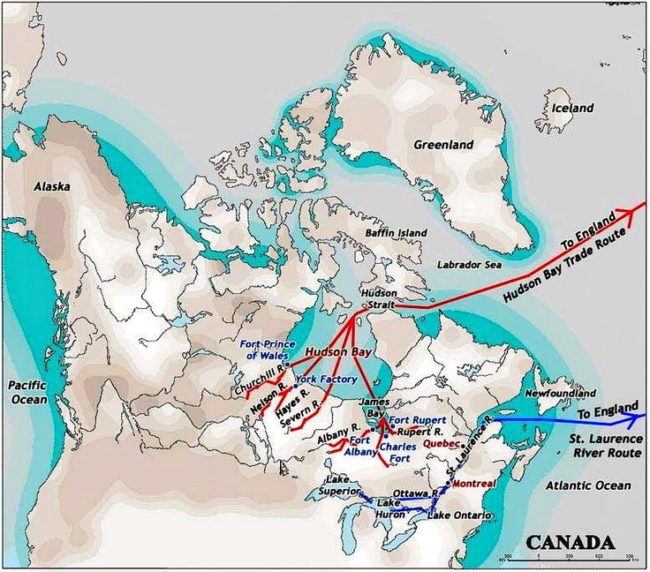
In 1779 Jean Baptiste Point du Sable, a fur trader, established a permanent settlement at the mouth of the Chicago River, which was to become the city of Chicago.
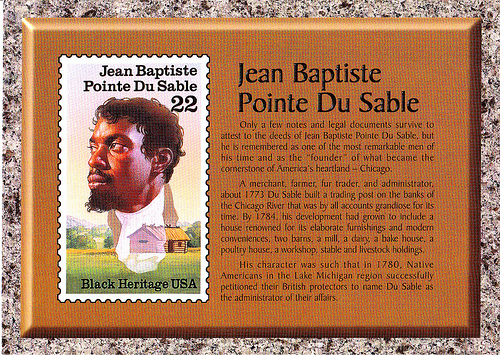
Jean Baptiste Point du Sable
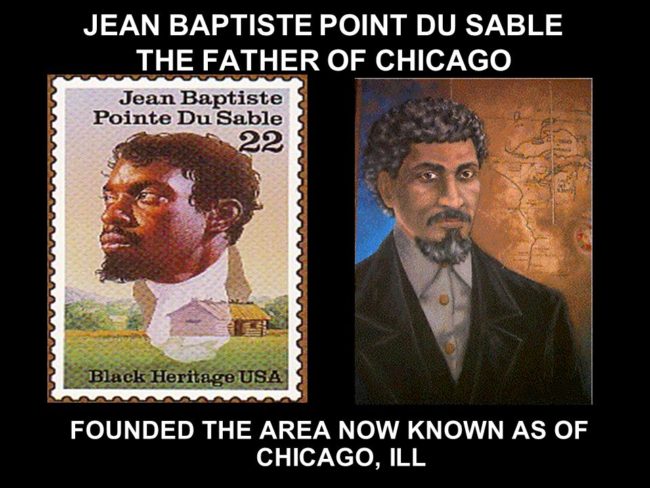
Jean Baptiste Point du Sable founded the area now known as Chicago, IL
By the early 1800’s the demand for fur, especially beaver, drove adventurers and traders westward. Among those competing in the lucrative market were Meriwether Lewis and William Clark. The Lewis & Clark expedition is largely credited with opening up the western U.S.
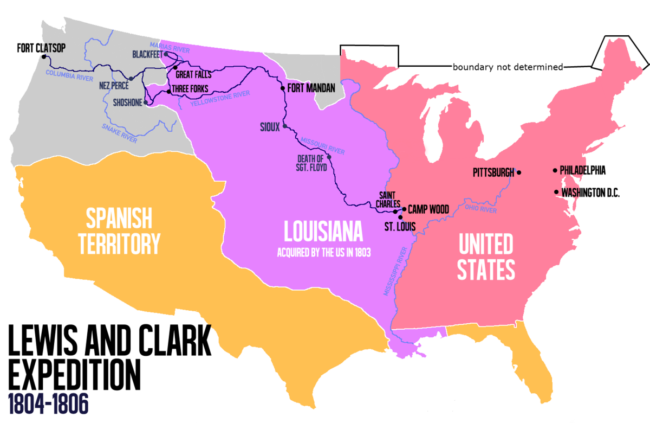
Lewis & Clark expedition
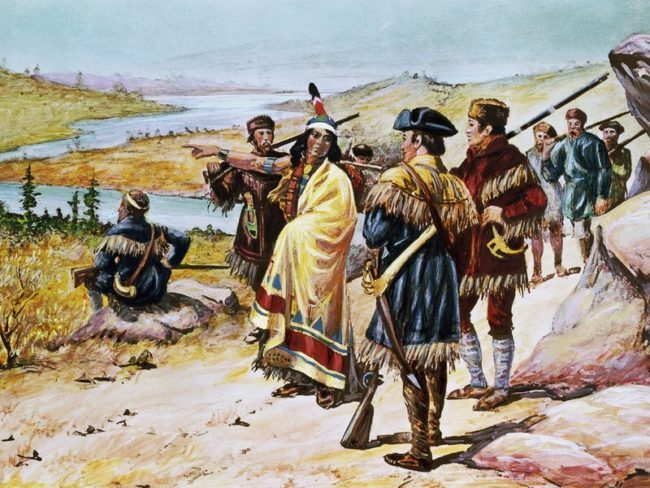
June 13, 1805 Lewis reaches the Great Falls of the Missouri—five massive cascades around which the men must carry all of their gear, including the canoes.
One man who was instrumental in developing the fur business was John Jacob Astor. His Pacific Fur Company led the industry and built a huge fortune.
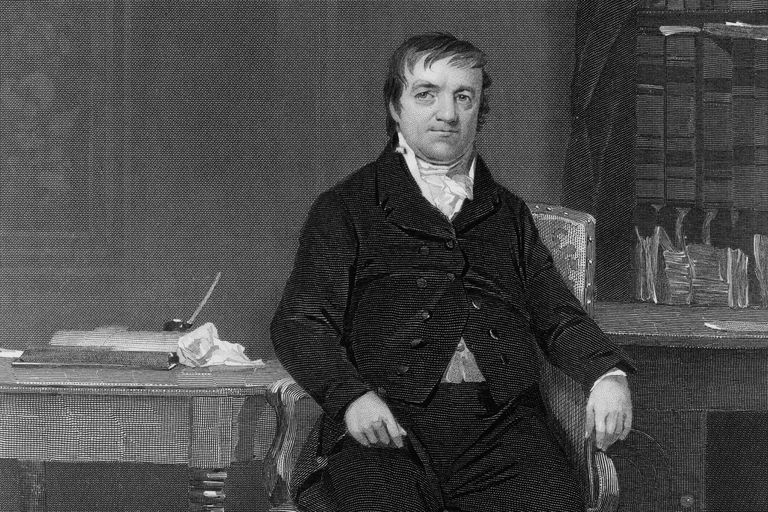
John Jacob Astor
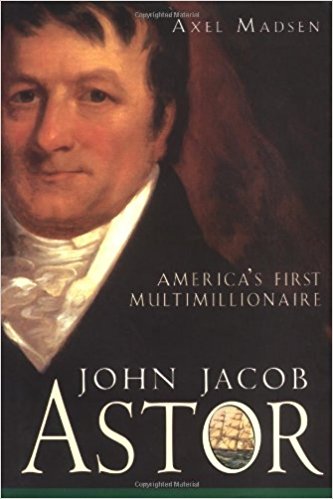
The fur industry, like many other “needle trades” provided a launching pad for large numbers of immigrants from Germany, Austria-Hungary, Russia, Eastern Europe and later Greece who arrived in the US with highly developed skills that allowed them to become seamstresses, tailors and shop owners, setting their course to achieve the American dream.
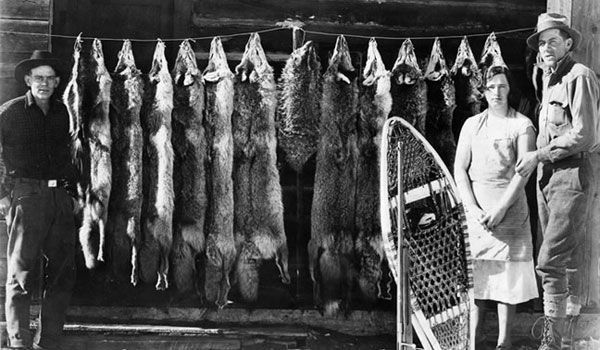
The American Fur Company was founded in 1808 by John Jacob Astor, a German immigrant to the United States
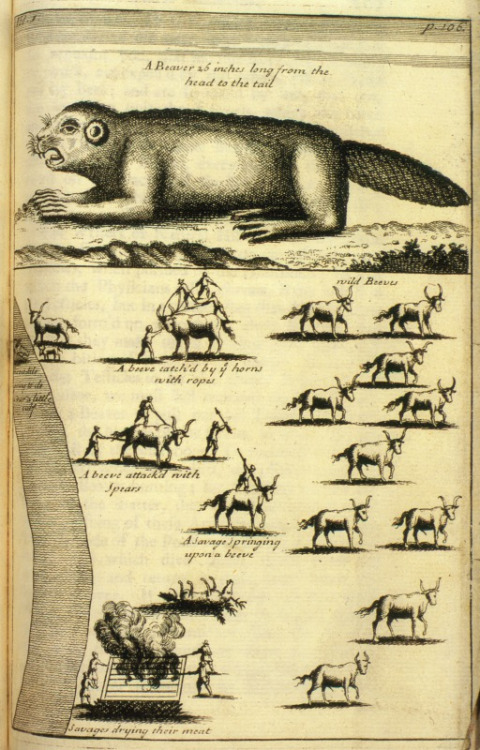
The beaver in The North American fur trade was a vastly powerful engine that drove European immigration,
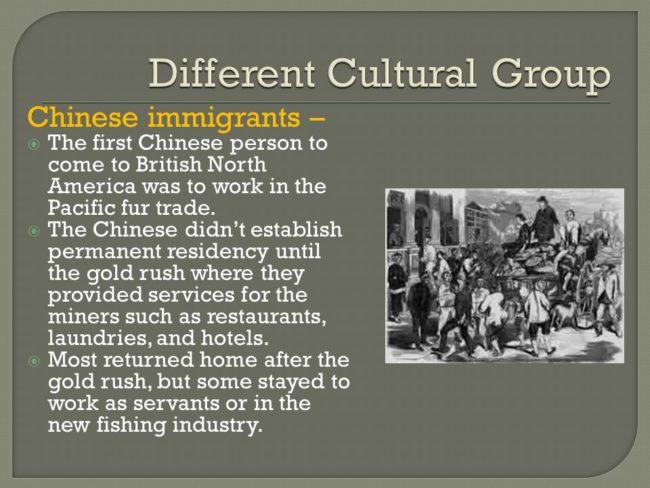
Chinese immigrants – The first Chinese person to come to British North America was to work in the Pacific fur trade.
Designers continue to give us a lot of great reasons to wear fur. Perhaps understanding the history of fur we can add a new sense of pride to the mix and a new found respect for the material that built a nation!
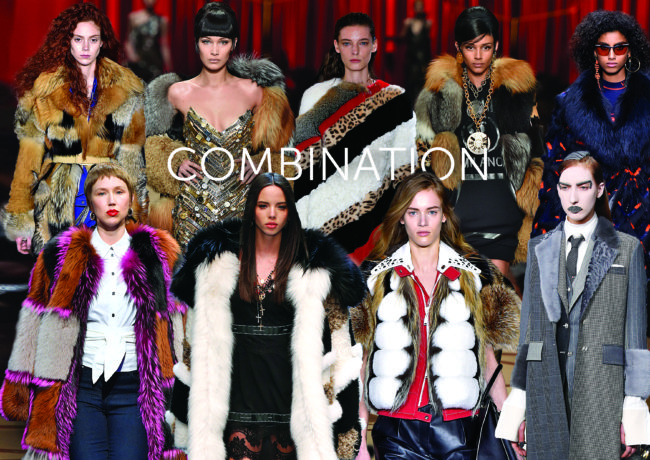
SAGA Fur trends from A/W17 Fashion Week
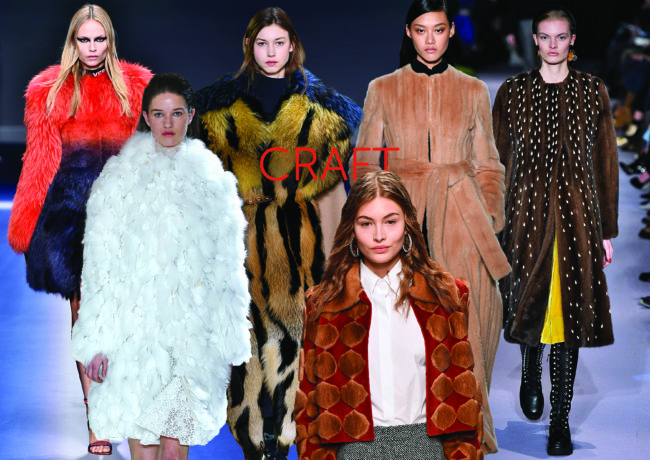
SAGA Fur trends from A/W17 Fashion Week

SAGA Fur trends from A/W17 Fashion Week
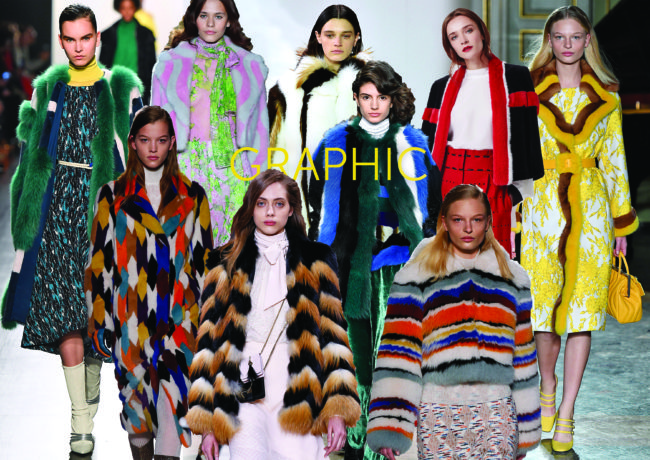
SAGA Fur trends from A/W17 Fashion Week

SAGA Fur trends from A/W17 Fashion Week
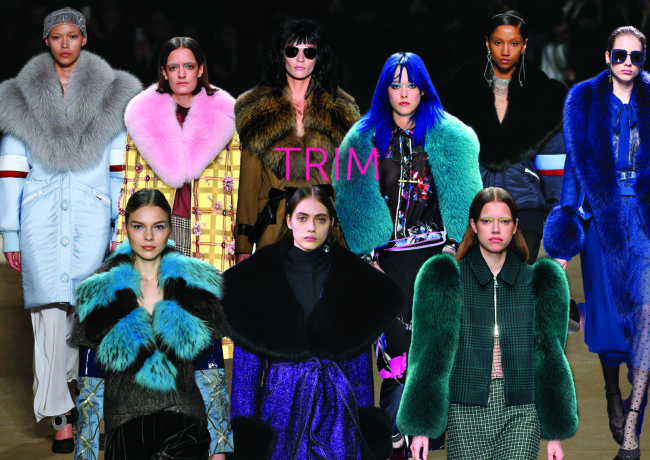
SAGA Fur trends from A/W17 Fashion Week
Things that make you say……hmmmmmm!


